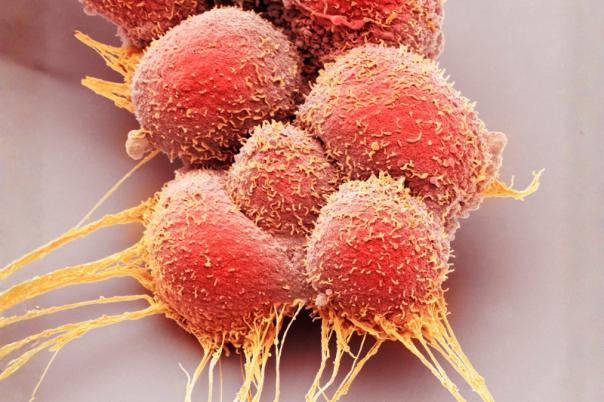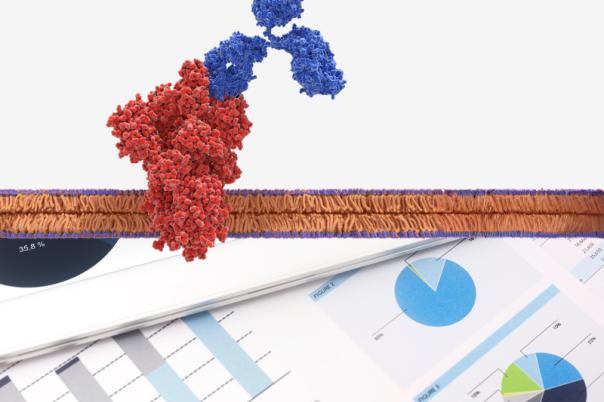As is a common trend in the biotechnology, GSK have transformed their protein expression systems toward higher throughput in recent years. The traditional iterative methods were often flask-based and mainly manual, handling only tens of constructs at a time. Now, GSK’s platform is centred around the design, make, test cycle. It is automated and miniaturised, plate-based, and can generate a high volume of data.
This presentation outlines some of the core technologies and methods which were used to make this transformation. Smith mentioned that this involved investment into three key areas: molecular biology and design, automation and miniaturisation, and computational tools and predictive methods. GSK has built high-throughput expression platforms in E. coli, mammalian, and baculovirus expression systems. Altogether, the company is able to progress hundreds of targets per year across its high-throughput systems.
Smith’s department focuses on building GSK’s mammalian high -throughput expression platforms. This is mainly because their site at Stevenage is co-located with their biopharma and structural biology partners who have built their capability in cryo-EM. Furthermore, the target discovery portfolio is becoming increasingly large and complex.
The robustness of the company’s screening process is therefore critical to their success. This has meant undertaking a tailored screening process to the type of protein being studied. For soluble proteins, Smith’s team use a HiBiT detection system and later LgBiT to detect expression. Here, they have found that intensity correlates nicely with expression. This is done in a 1ml format using a HEK expression system, which correlates well in scale up.
For membrane proteins, the team carries out their screening using high-throughput flow cytometry. They perform either an antibody or fluorescent protein-based tagging approach to do so, depending on the kind of protein they are working with.
GSK uses a modular automation strategy in order to flexibly cater to the needs of their multiple business partners. They approach this in three ways. Smith’s team use an arrayed 96-well CyBio Felix to automate their molecular biology. Their 1ml expression is also automated using a 96-well Felix in triplicate. And finally, their purification is automated at a 15ml scale, able to process 96 samples at a time, using a nickel NTA magnetic bead purification.
Structured data organization allows for effective visualisation and the application of machine learning models to predict protein expression outcomes, enhancing the efficiency of the research process. The presentation also highlights ongoing challenges in membrane protein generation and the collaborative efforts with external partners to enhance internal capabilities for drug discovery.





